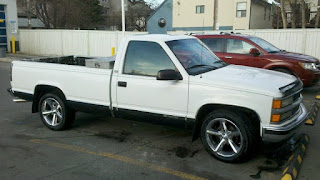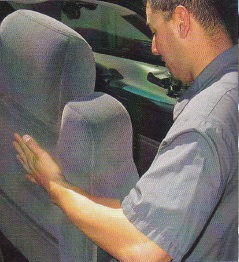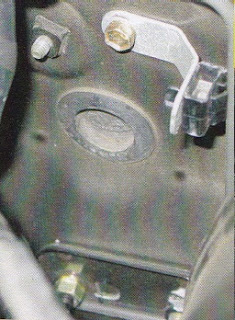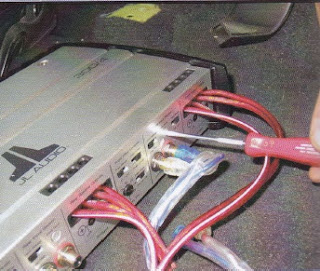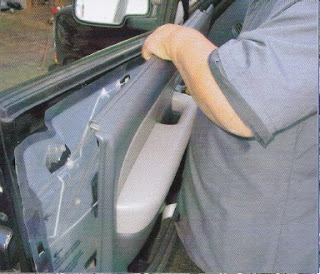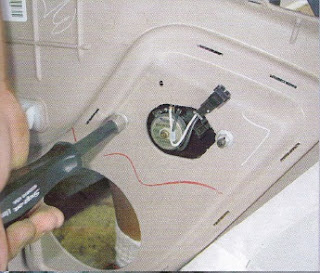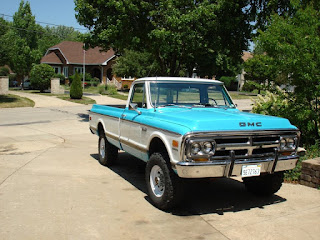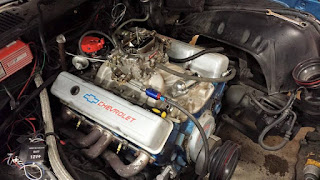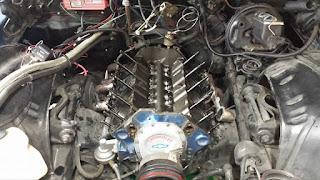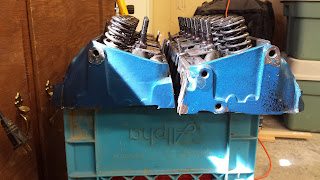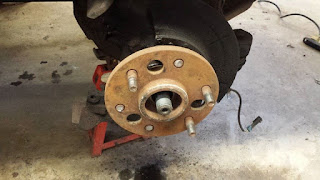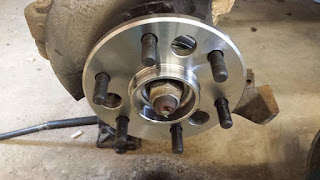Chevy Truck Origins
If you were lucky enough to be around in 1918 you could have picked
up the very first Chevy truck that rolled off the line. If not,then here's a bit of a Chevy truck history lesson. The very first truck
featured 22 horsepower.The truck was nothing special with no cab and a
sticker price of $600.00.The truck came without a cab but,either the
cab or the bed could have been installed by an aftermarket
company,which is what a lot of people did. This was also the same year
that Chevrolet was to become a part of GM.
Up until 1928 GM was mostly building commercial trucks,then they
decided to change that and brought out the new T-11 pick-up.Based on
the Pontiac truck with 36 horsepower,this truck was to be the first in a
long line of great pick-ups from Chevy that many,many people would
base their build ups on.Or just have a truck that would haul what they
needed around the farm.
The new advanced 6 cylinder OHV engine was build and introduced in
1929.This engine was considered powerful for it's time and was actually
very efficient given the technology available during the time.
Major and minor technological advances through out the 30's and 40's
saw horsepower gains,more comfort,bigger trucks.Then came 1955,Gm and
Chevrolet started taking ideas from their cars.The styling started to
take on a look that really started to make the GM and Chevy trucks
stand out.Power options from the reliable 6-cylinder to the newly
available V-8 that featured 154 to a 155 horsepower.The Chevy used the
stout Small Block for their trucks while GM used the slightly larger
Pontiac V-8 until 1960.The Small Block Chevy made such a good platform
that it soldiered on the power most of the GM vehicles until 1998.
1957 saw the new 4 wheel drive introduced and the Chevy truck was
the most popular truck in the U.S. Although GMC trucks were every bit
as good.In 1960 Both GM and Chevy trucks were produced with a major
face lift that included the new "pinched" look running the length of
the truck.
Now,bare in mind that history being what it is,there is some
conflicting versions about engine use and production through out the
long celebrated history of the Chevy truck.The 283 was a great little
engine that was pretty much bullet proof.The 327 featured almost the
perfect rod/stroke ratio for and acceleration engine was available in
the Chevy truck in 1966 with 220 horsepower.
A couple of things to remember,the "C" designation means two wheel
drive. The "K" designation is for the four wheel drives. The Number
10,for half ton trucks,20 three quarter ton and 30 for 1 ton
trucks.Today the numbers 1500,2500 and 3500 are used.
My favorite Chevy truck was built from 1967 -72. As far as I'm
concerned these were the best looking Chevy truck made. The 1988-1998 style is
a close second. The styling of the 67-72 trucks were a complete change
from previous years and is the starting point of many build ups
today. I'm not going to go into the available engines and when they came
out due to the many different versions of the truth about what was put
into what.
Engine displacement and horsepower ranged from the 175 horsepower
283 to the 255 horsepower 327.the 195 horsepower 307 was also used for a
couple years but, was not reliable enough to be considered a good build-up starting point. The 310 horsepower 396 was also and option in 1970.
However, the was also the odd truck with the 283 horsepower 283,375
horsepower 327 which by the way would beat a 375 horsepower 396 due to
the weight factor and then the 375 horsepower 396.1967 marked the last
year of production for the 283.1969 was the last year for the 327.These
engines were still installed from the factory until 1970 for the 283
and 1972 for the 327 because of left over complete assemblies.In
1970,the 396 was replaced by the small block 400.Although this engine
came out with 250 horsepower,it made a lot of torque.
In 1973 horsepower ratings were down across the board because of the
new "SAE Net" rating system and lower compression ratios.And we all
know that people sometimes have a heavy foot and like to use the power
they have under the hood. Building pressure from insurance companies
also had a major part in the horsepower going down.
The Small Block Chevy was set at 305 and 350 C.I.D. and the Big
Block was set at 454 C.I.D for the next twenty years. The 250 and 292-6
cylinder was still available but,were completely replaced by the 4.3
liter V-6 in 1988,which is basically a small block Chevy with the front
two cylinders cut off.
GM introduced a 5.7 liter diesel based on the Oldsmobile engine in
1978 and replaced it with the 6.2 liter in 1981 that provided more
power and better fuel economy.
1998
In 1998 Chevy and GMC came out with a new generation of
trucks. Better power and fuel economy combined with great styling that
in my mind reminded my of the 67-72 model years.Electronic fuel
injection and 700R 4 speed automatic transmissions greatly helped the
efficiency of these trucks.Although,the 5-speed stick shift was the
best combination for fuel economy.A powerful new diesel was introduced
in 1992,this became one of the most powerful engines for towing and
hauling to date.In 1996 was saw the Vortec put into the trucks with
sequential fuel injection in the small blocks and multi-port on the
454. However,I will always be a fan of the first EFI installed on the
Chevy's in 1987.
In 1999 we saw the introduction of the 4.8,5.3, and 6.0 liter
engines the were a marvel of engineering and efficiency. The 5.3 liter
actually displaces 323 cubic inches and not 327. A flatted torque curve
and higher horsepower made these engines great for reliability.The 8.1
liter turbo diesel came along in 2001 with 300 horsepower and 500
lb/ft of torque causing some people to start towing and hauling work
that used to require a bigger truck.
Now don't for a minute think that GM and Chevy have not continued their refinement of their line up of trucks.With the economic crunch
and demands for better fuel economy.they have their work cut out for
them but,if history is any indicator they will come out on top of the
pack just like they have so many times in the past.The GMC and
Chevrolet trucks have consistently have the highest re-sale value,most
economical and most dependable trucks on the road for at least the last
30 years that I can remember. And they are built right here in North
America!
We're not sure whom to credit for this info and therefore we are just sharing it with the general public.

